Camping, Environmental Journalism, Film Review, Kids in Nature, Outdoor Recreation / 18.03.2011
Adventures in Film: Play Again – The Joy Trip Project
 “The landscape of childhood has changed.” From the opening frames of Play Again, directed by Tonje Hessen Schei, the documentary makes it clear that the world we knew as children is fundamentally different than it is today. With a proliferation of technology that captivates both the time and attention of young people, a generation of humanity is emerging out of touch with the natural world. And as teenagers spend more and more time playing video games and surfing the web indoors the producers of this feature-length movie warn that as they grow to become adults they may be deprived of the very experiences that make us human.
“The landscape of childhood has changed.” From the opening frames of Play Again, directed by Tonje Hessen Schei, the documentary makes it clear that the world we knew as children is fundamentally different than it is today. With a proliferation of technology that captivates both the time and attention of young people, a generation of humanity is emerging out of touch with the natural world. And as teenagers spend more and more time playing video games and surfing the web indoors the producers of this feature-length movie warn that as they grow to become adults they may be deprived of the very experiences that make us human.


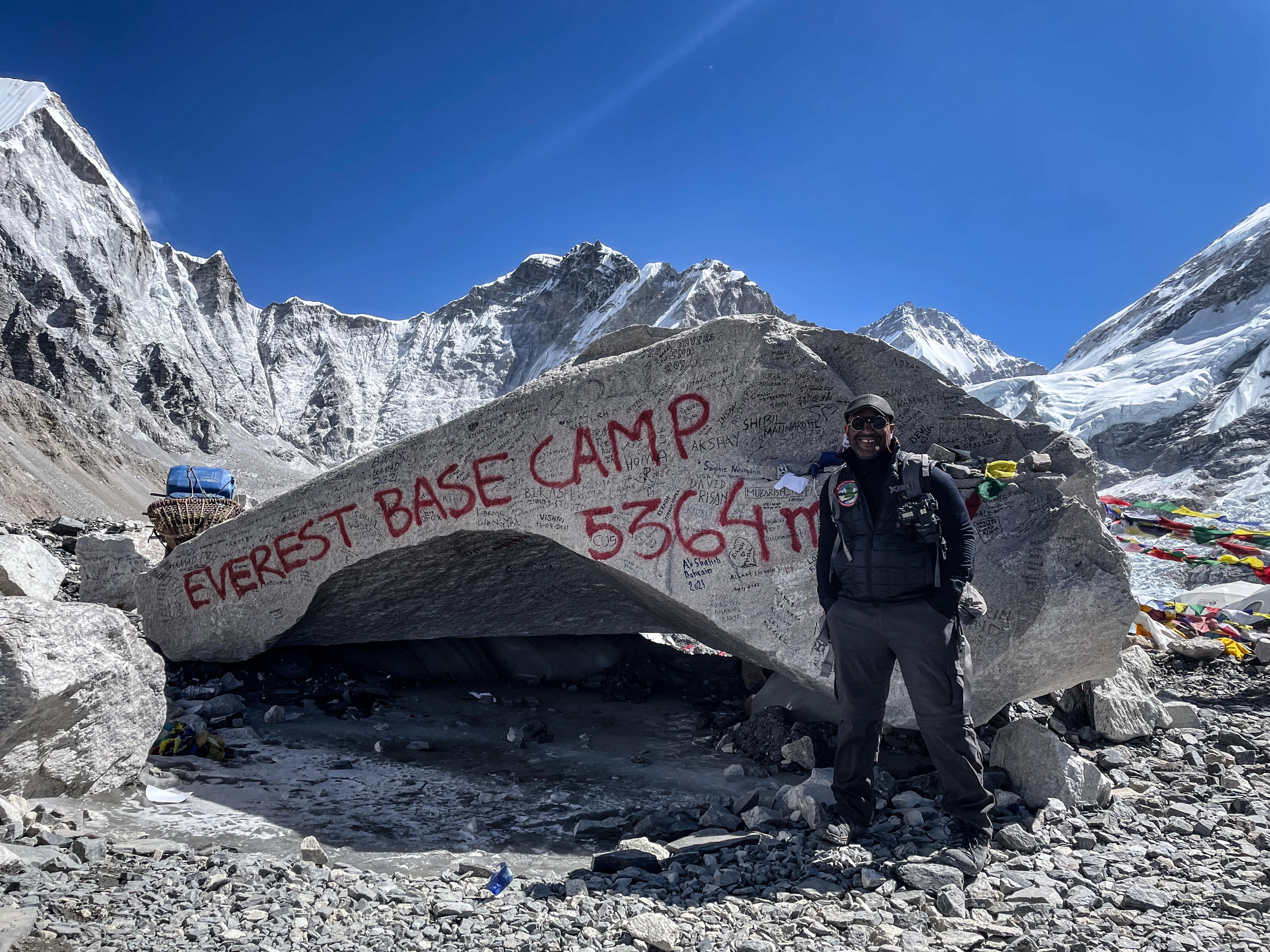

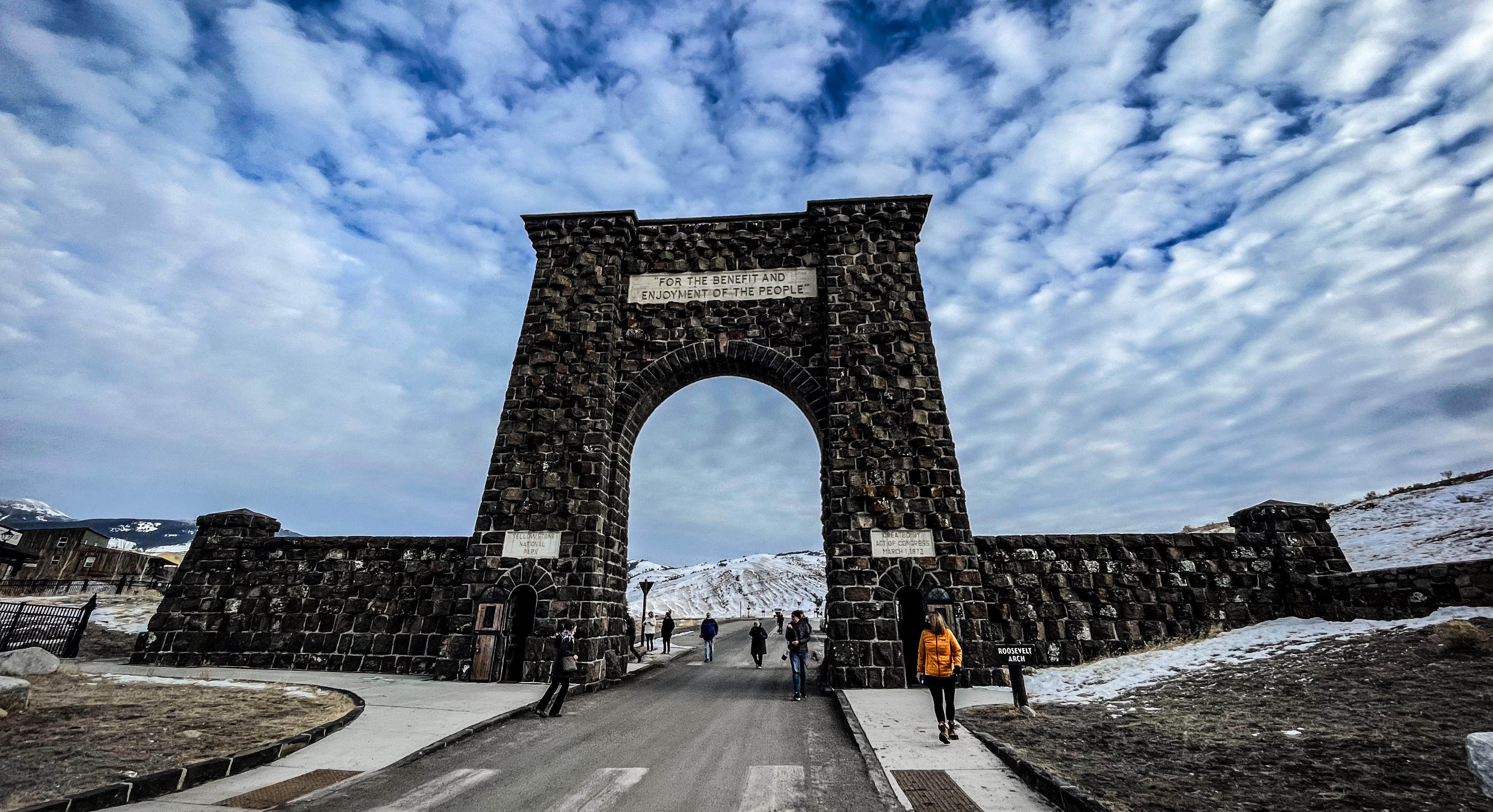

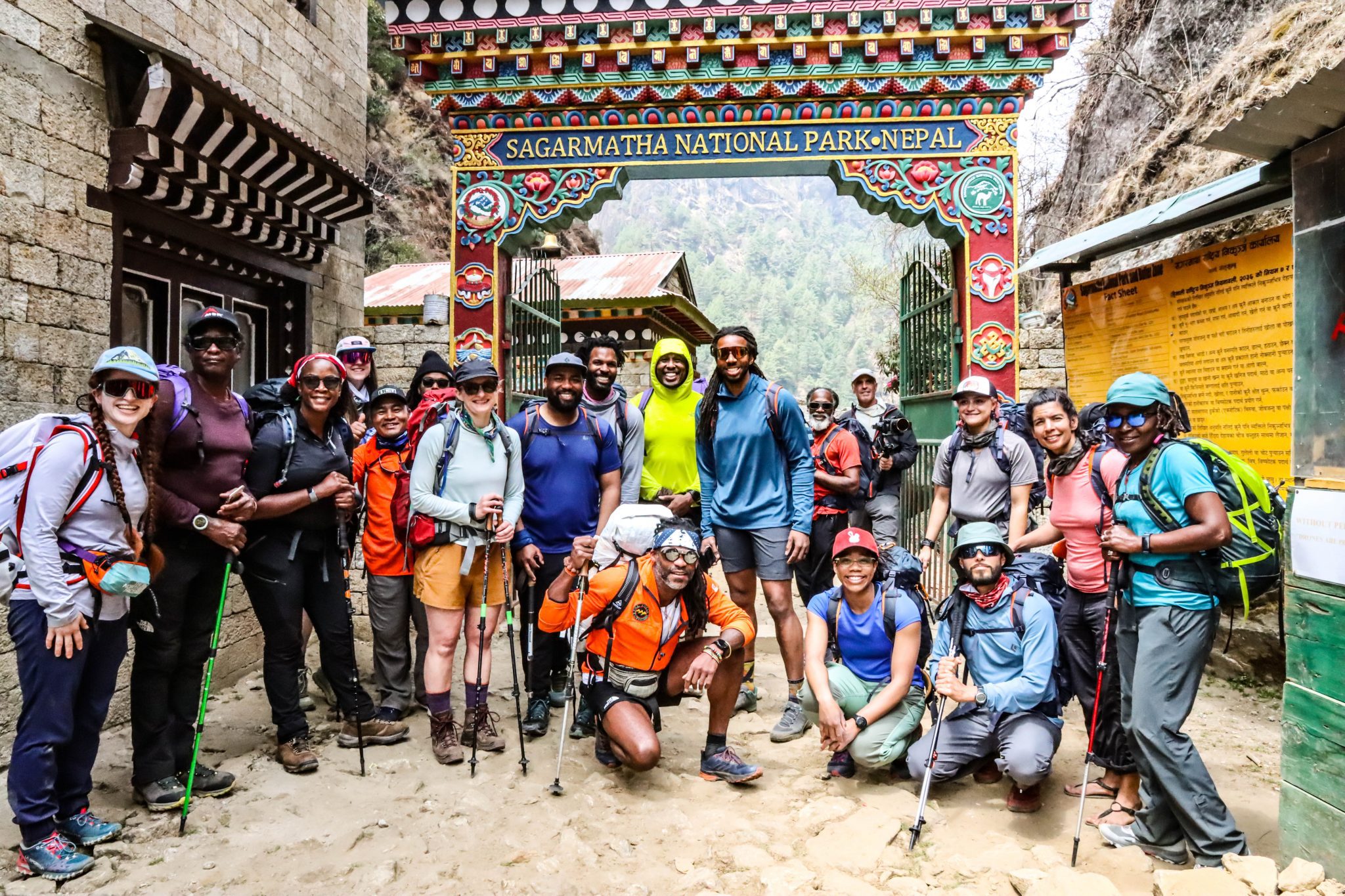
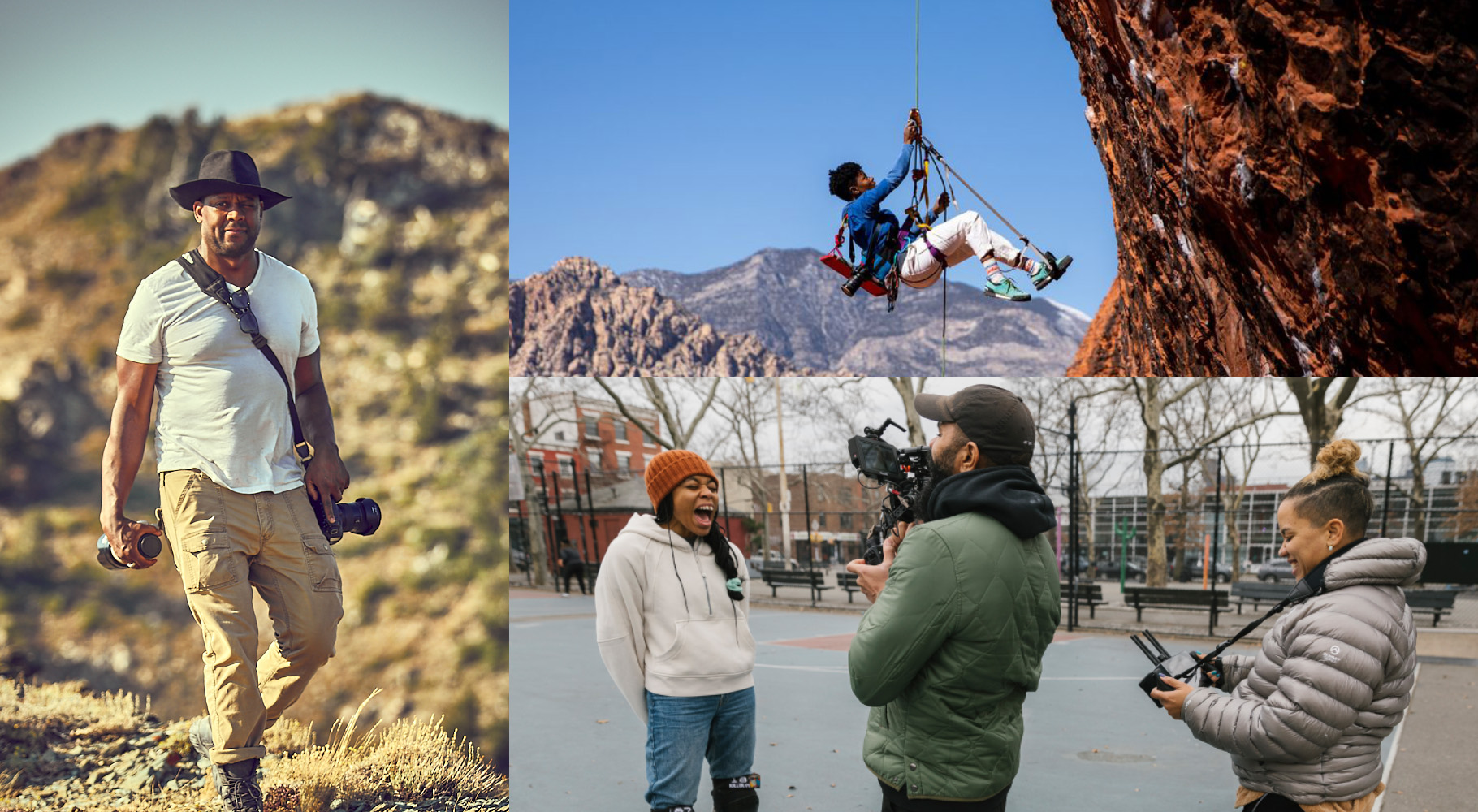


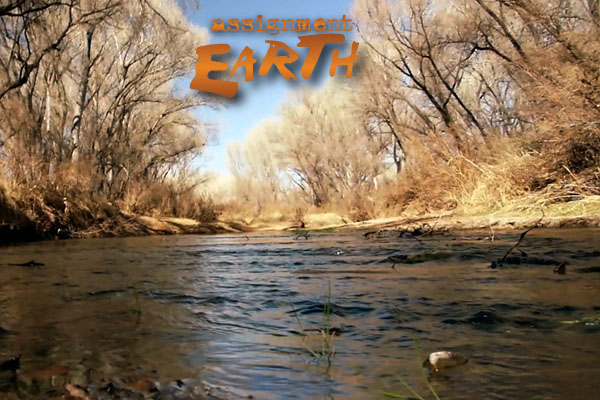
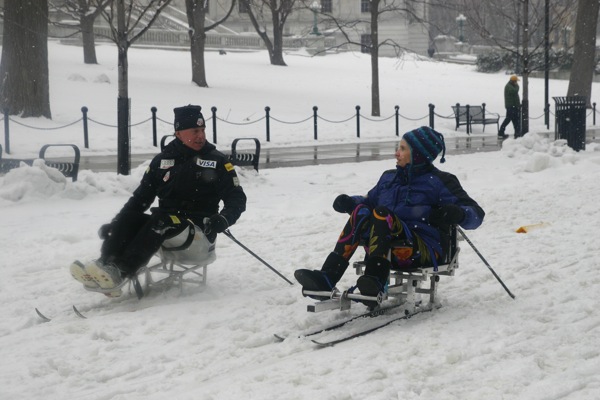 Winter in Wisconsin is a wonderful time for outdoor recreation. Despite the cold weather and waist deep snow thousands turn out each year to engage in sports that range from downhill and cross-country skiing, to snowboarding and cyclo-cross bike riding.
With so many snow sports to pick from winter is for everyone. And thanks to local attorney Donald Becker, even people with disabilities can experience cold weather fun. Having financed the creation and mass production of an adaptive snow vehicle called a sit-ski, Becker is making it possible for those unable to walk to glide over frozen terrain.
Winter in Wisconsin is a wonderful time for outdoor recreation. Despite the cold weather and waist deep snow thousands turn out each year to engage in sports that range from downhill and cross-country skiing, to snowboarding and cyclo-cross bike riding.
With so many snow sports to pick from winter is for everyone. And thanks to local attorney Donald Becker, even people with disabilities can experience cold weather fun. Having financed the creation and mass production of an adaptive snow vehicle called a sit-ski, Becker is making it possible for those unable to walk to glide over frozen terrain.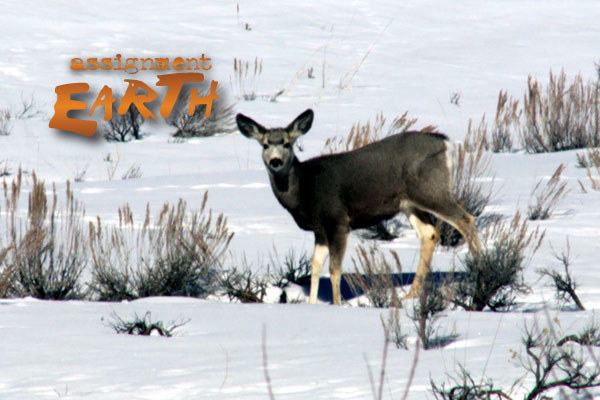 Collisions with automobiles make it pretty clear where
Collisions with automobiles make it pretty clear where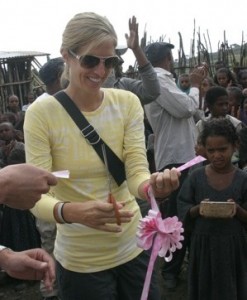 There’s hardly a storage of news to be had in our worldwide 24/7 media cycle. What’s remarkable is the sheer volume of information out there that tends to clog the pipe and make it difficult to find those articles that truly help to shape our thoughts. For those of us engaged in an active sustainable lifestyle there are several stories worth following this week that can both inspire and encourage our personal efforts to make the world a better place.
There’s hardly a storage of news to be had in our worldwide 24/7 media cycle. What’s remarkable is the sheer volume of information out there that tends to clog the pipe and make it difficult to find those articles that truly help to shape our thoughts. For those of us engaged in an active sustainable lifestyle there are several stories worth following this week that can both inspire and encourage our personal efforts to make the world a better place.
You must be logged in to post a comment.